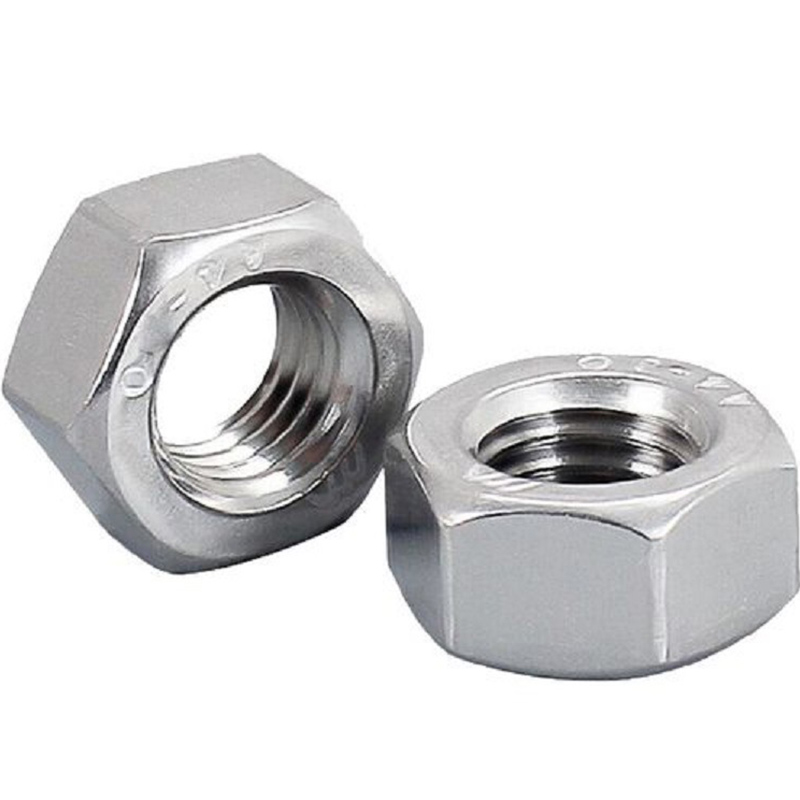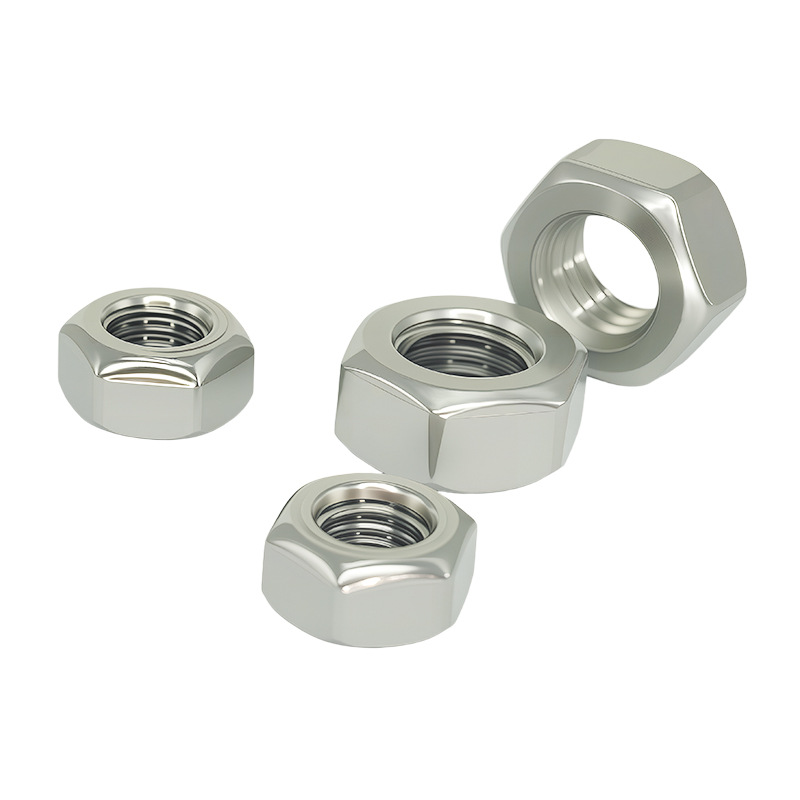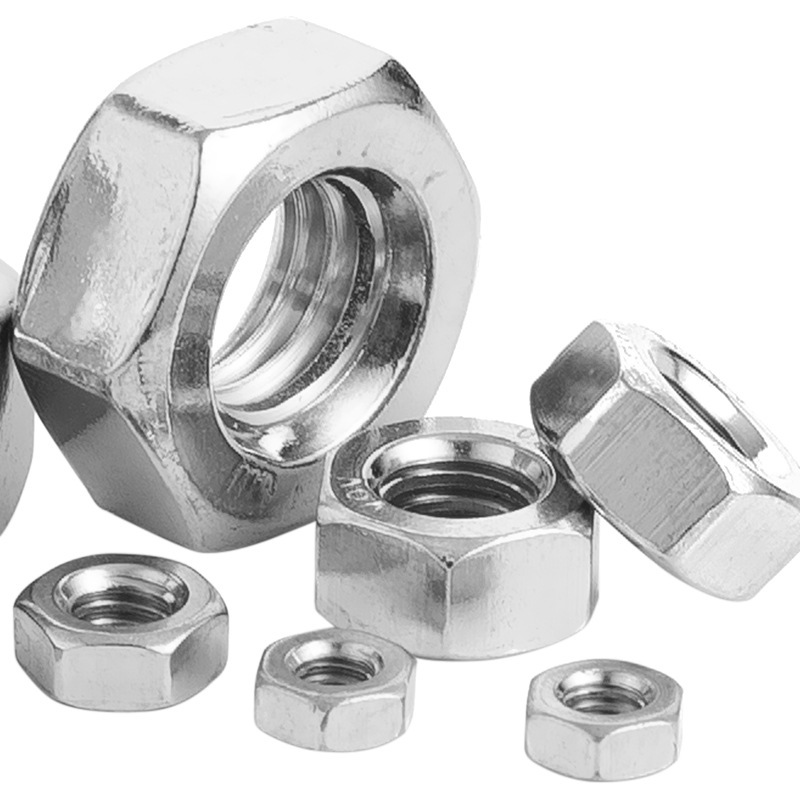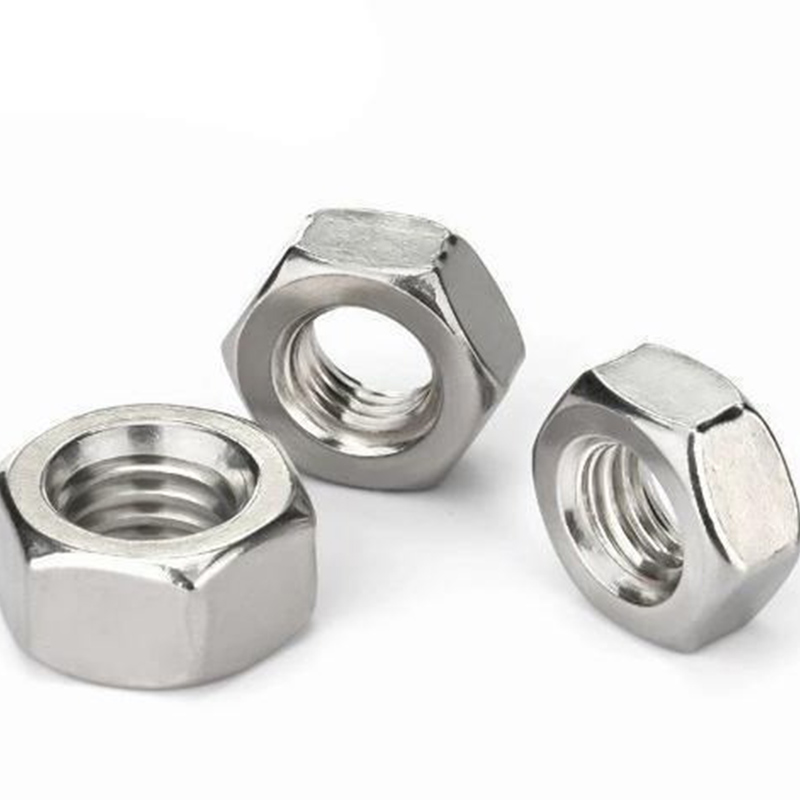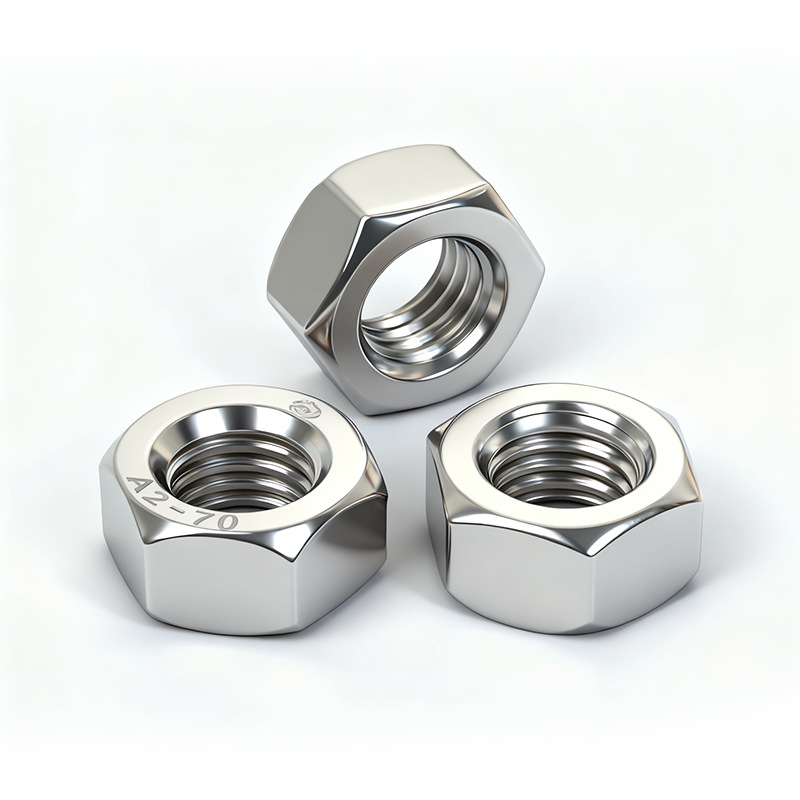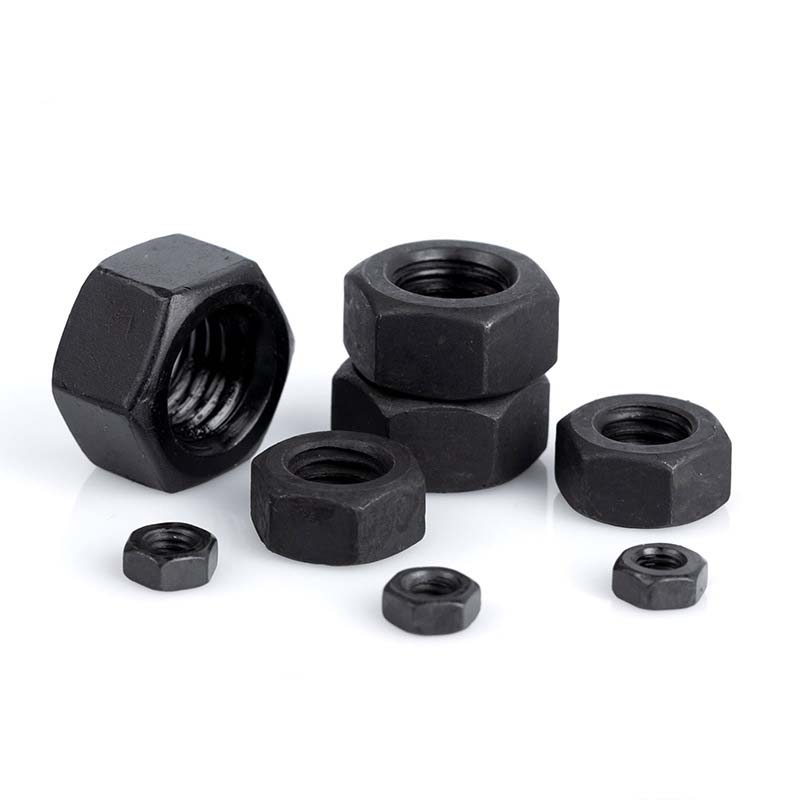Hexagon Nuts With Non Metallic Insert
Send Inquiry
Hexagon nuts with non metallic inserts are popular accessories in industries that require vibration-resistant and space-saving solutions. They are often used in engine components, suspension systems and transmissions in automobiles.Planes use it to hold avionics and structural pieces that face extreme forces.Heavy machinery, robots, and wind turbines rely on its reliability for crucial bolted joints.Electronics and trains also use these nuts for lightweight, compact fasteners. The hexagon nuts with non metallic insert is perfect for set-it-and-forget-it installations in hard-to-reach spots where safety and long-term performance matter most.

Features
Hexagon nuts with non metallic insert come in different materials depending on what you need. Carbon steel grades 8 and 10 are super strong (up to 1,200 MPa), while stainless steel A2-70/A4-80 stops rust. Alloy steel like 34CrNiMo6 gets heat-treated for extreme toughness. Nylon inserts use PA66 plastic that handles temps up to 120°C. Hexagon nuts with non metallic inserts meet certifications like RoHS and REACH for safety and environmental rules. Factories track materials and test things like hardness and torque limits to keep quality consistent across batches.

FAQ
Q: Can the hexagon thin nut be reused, and what factors affect its service life?
A: How many times you can reuse the hexagon nuts with non metallic insert depends on its design. Nylon-insert ones usually last about 5-10 uses before the insert wears out, while all-metal versions (with deformed threads) might still work if their locking force stays within 20% of the original. How long the hexagon nuts with non metallic insert last depends on things like weather exposure (like UV rays breaking down nylon), how often they're tightened/loosened, and how they're installed. Check them regularly for thread damage, rust, or coating wear. For high-stress jobs, it's best to replace them after taking them apart to stay safe.
|
Market |
Total Revenue (%) |
|
North America |
25 |
|
South America |
2 |
|
Eastern Europe |
16 |
|
Southeast Asia |
3 |
|
Africa |
2 |
|
Oceania |
2 |
|
Mid East |
3 |
|
Eastern Asia |
16 |
|
Western Europe |
17 |
|
Central America |
8 |
|
Northern Europe |
1 |
|
Southern Europe |
3 |
|
South Asia |
7 |
|
Domestic Market |
8 |







